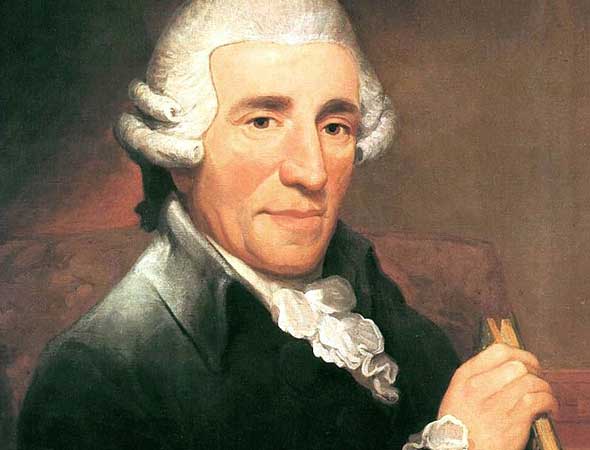HAYDN: Symphony No. 70
by Jeff Counts
Haydn wrote his unnamed Symphony No. 70 in 1779, immediately following the great November fire that ravaged the estate of his employer Nicholas Esterházy. Among the buildings that were a total loss was the opera house, which was very near the ballroom stoves that started the blaze. This came as a dramatic shock for everyone at Esterháza and Haydn was personally aggrieved over the destruction of his harpsichord and several important manuscripts. Undaunted, the Prince announced the construction of a new (much grander) opera house before the end of the year and Haydn, equal to the enthusiasm of the gesture, presented his freshly minted Symphony No. 70 at the ceremony. We know the exact date of the building dedication (December 18, 1779) so we also know the premiere date of the piece, a very rare thing for a Haydn symphony. With respect to its place in Haydn’s instrumental oeuvre, No. 70 represented an important return to form for the composer after his previous few symphonies had been heavily scrutinized and often dismissed as lacking. It included several novel elements to mark its important occasion like the addition of trumpets and timpani, a fugue and a clever juxtaposition of major and minor modes, just to name a few. Unlike many of Haydn’s more famous symphonies, No. 70 has no nickname and should not be confused with No. 59. That much earlier work was called (by others) the “Fire” but it had nothing to do with the real-life conflagration that inspired Haydn to get serious about symphony writing again.




